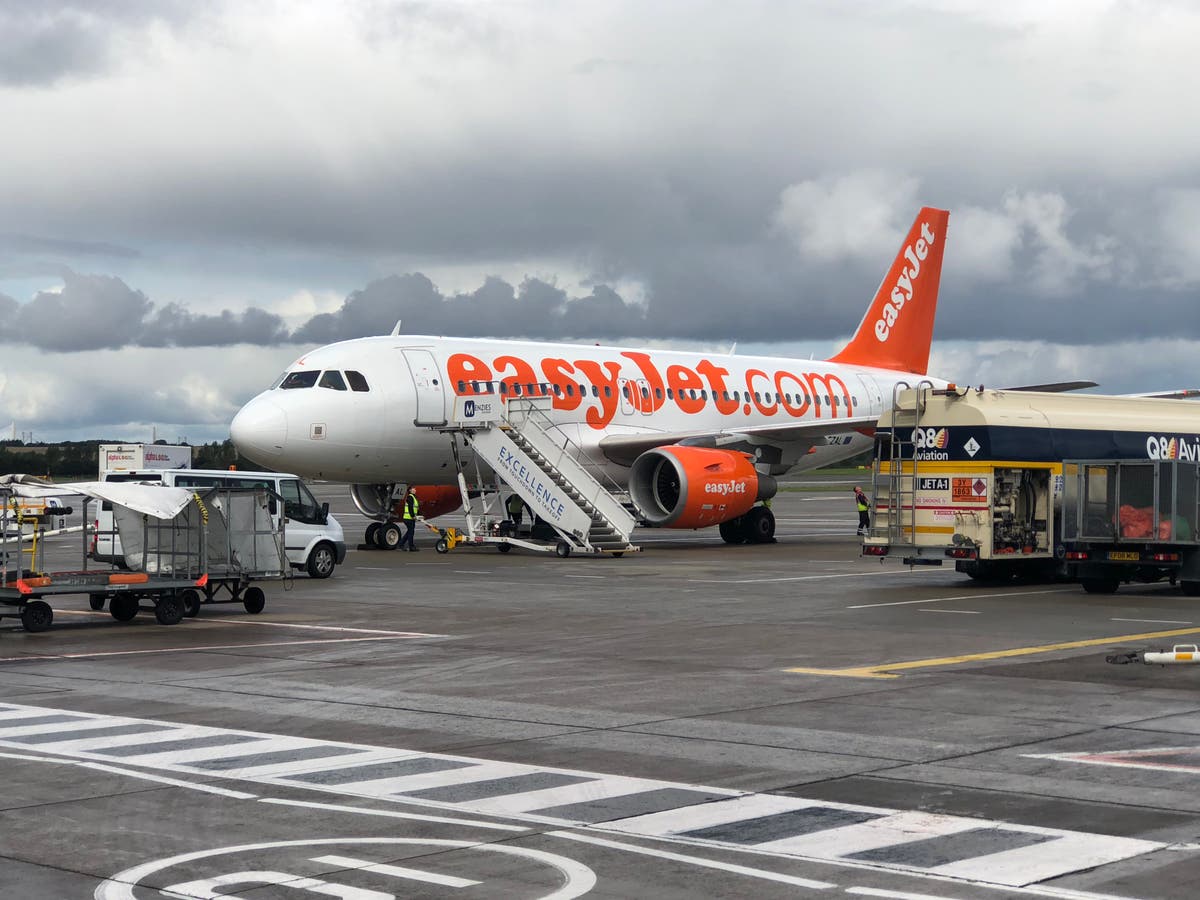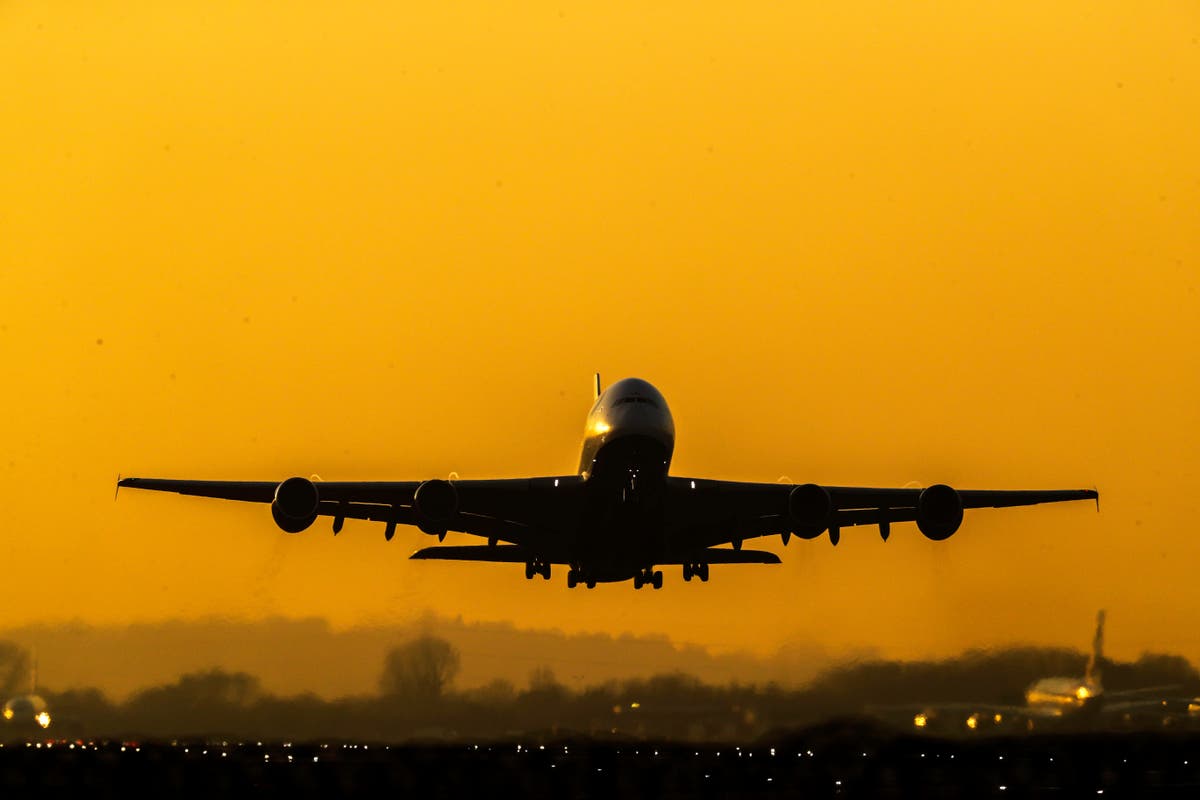Before you buy a drone, here’s what to know about M’sian permits, no-fly zones, and more
Here's a guide to operating drones in Malaysia, covering the permits you need, locations you can fly at, and safety laws to learn about.

Drones, while a useful tool for photography, videography, and even racing, have yet to be widely adopted by Malaysian consumers. Perhaps it’s the steep prices of owning one, or just the fact that not much is commonly known about the regulations around their usage.
Where can you fly them? Do you need a permit?
Here’s a breakdown of what you need to know before buying and flying a drone in Malaysia.
Do you need a permit?
In Malaysia, the Civil Aviation Authority of Malaysia (CAAM) handles all matters relating to aircraft. Under the regulations, Malaysia doesn’t impose drone operator licences yet, as their implementation is still pending.
However, depending on what you intend to do with drones, there are drone operating permits that you would need to get from CAAM.
CAAM divides drones, or Unmanned Aircraft Systems (UAS), into three categories:
Small unmanned aircraft system (sUAS);Small unmanned surveillance aircraft;UAS of more than 20kg.An sUAS refers to an unmanned aircraft that weighs 20kg or less without fuel.
Meanwhile, a small unmanned surveillance aircraft is an sUAS equipped to conduct any form of surveillance or data acquisition. With how broad this definition is, any drone with a camera would fall under this latter category.
 Image Credit: Unsplash
Image Credit: UnsplashYou’ll need to apply for a permit if your drone falls under any of these conditions:
The drone is used for aerial work purposes such as mapping, surveying, inspection, or crop spraying;The drone weighs over 20kg without fuel, which would require the drone to be registered, and its operator must have a Private Pilot Licence or a Commercial Pilot Licence;Flying in restricted areas (which we’ll get into later on).The application form for seeking authorisation to fly can be found on CAAM’s portal.
What are the no-fly zones?
Without permission from the Director-General of CAAM, no drone can be flown in areas found near airports at low altitudes, such as:
In Class A, B, C, or G airspaces;Within an aerodrome traffic zone;At the height of more than 400 feet (about 122 metres) above the surface of the earth.In general, drones shouldn’t be flown within 5km of airports.
On top of the locations listed, Malaysia has declared no-fly zones in certain areas for security purposes, such as Putrajaya, KLCC, the Parliament, and Istana Negara.
Any other government location that is not open to the public can also be considered no-fly zones. These include police stations, prisons, government offices, and military bases.
 Image Credit: Unsplash
Image Credit: UnsplashOther places that aren’t recommended for drone operators to fly are locations where emergency services are present, such as hospitals and fire stations. This would include places where emergency front liners are working, such as crime or accident scenes.
Flying your drone too close to them may get in the way of their duties and land you in legal trouble under Section 186 of the Penal Code.
Services such as DJI’s GEO Zone Map exist for users to check a non-exhaustive list of no-fly zones prior to flying.
What about flying for fun in Malaysia?
Flying drones for recreational purposes requires a standard application to fly. From what we could find, there is no licence or drone pilot training requirement if your purpose of flying a drone is recreational.
 Image Credit: Pexels
Image Credit: PexelsWhile doing so, you’re also required to maintain direct and unaided visual contact with the drone’s flight path to avoid any other aircraft, people, vehicles, and structures to avoid collisions.
To add, it’s worth mentioning that there are some general safety guidelines around flying drones in Malaysia including:
Avoid flying drones over crowds of more than 1,000 people in open spaces; Drone flights are permitted only during daylight hours;It’s highly recommended the drone operator gets aviation liability insurance before flying any drone in Malaysia.So long as you’re staying away from the no-fly zones mentioned above, no permission or authorisation is required.
What about flying to provide services?
To fly a UAS for aerial work, authorisation from the Director-General must be obtained.
Aerial work is where an aircraft is used to provide specialised services such as agriculture, construction, photography, surveying, observation, and patrol, along with search and rescue, and aerial advertisement.
However, this authorisation only applies to drones weighing more than 20kg, and each authorisation will involve some fees to be paid directly payment to the authorities.
To use drones for aerial work, you must also apply for and maintain an aerial work certificate:
New application: RM 800;Renewal of aerial work certificate: RM500 per year;Modification of existing certificate: RM250.It’s worth noting that permit applications to CAAM must be submitted at least 14 working days before your planned flight date, otherwise your application will be rejected.
Permits are only effective for up to three months, and are dependent on the dates of operation specified in your application.
-//-
Drones for consumers are still a nascent industry, and regulations can be expected to change over time. Every country has wildly differing laws about the use of drones as well, so if you intend to fly in a new area, it’s worth reading up on the rules.
Read other DroneTech-related articles we’ve written here.Featured Image Credit: Unsplash

 MikeTyes
MikeTyes 































